What is TOH? What kind of coffee do you have in Uganda? How should Ugandan coffee be roasted?
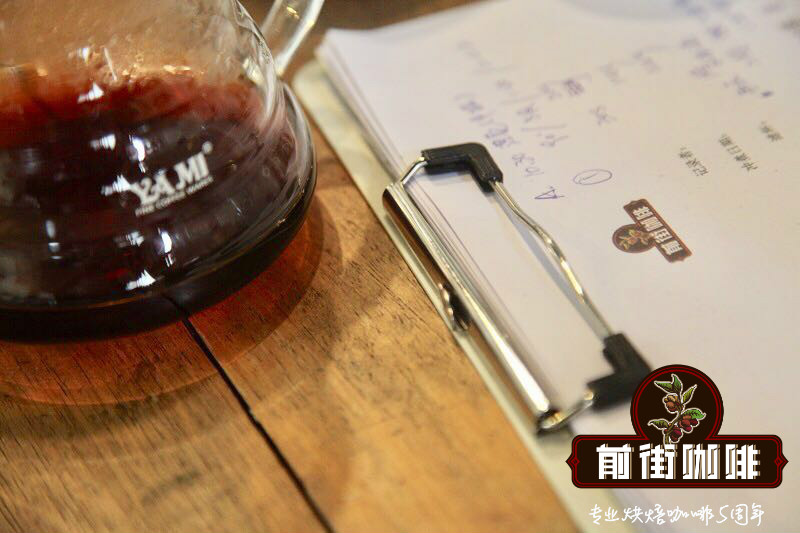
Professional coffee knowledge exchange more coffee bean information please follow the coffee workshop (Wechat official account cafe_style)
Uganda is located at the source of the Nile, a landlocked country not off the sea in Africa. Although it has a long history of producing coffee like other East African countries, the quality of coffee has never been improved because of the war caused by ethnic antagonism. Most of the good coffee here is grown in areas adjacent to Kenya, and some good coffee beans are shipped to Kenya to be sold as Kenyan coffee, and Uganda did not leap into a fast-growing country until the war stopped 15 years ago.
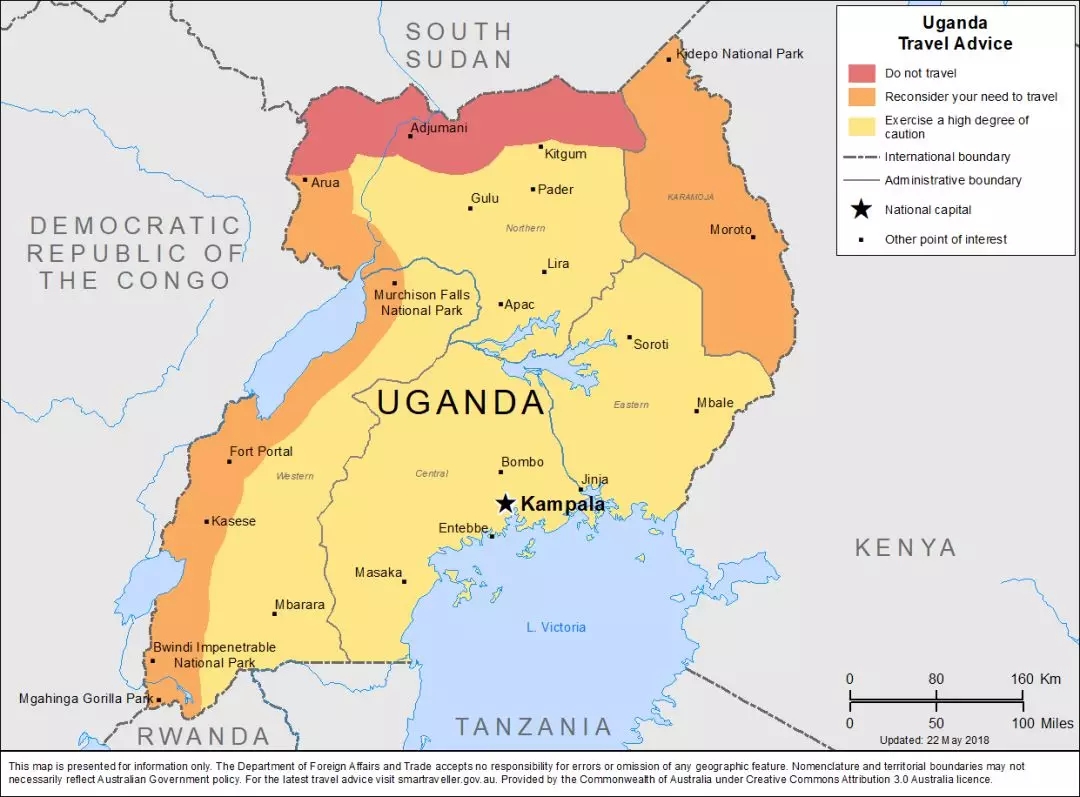
Uganda has dense green forests, lakes, wetlands and rich rivers. Coffee is the largest crop in Uganda. About 500000 coffee farms are engaged in coffee-related agriculture, accounting for 25% of the total population. Coffee trees are mostly robusta coffee trees, which account for about 94% of coffee cultivation in Uganda, and only 6% are traditional Arabica trees. These rare coffee beans grow in tropical rain forests, and most of them are exported to countries around the world.
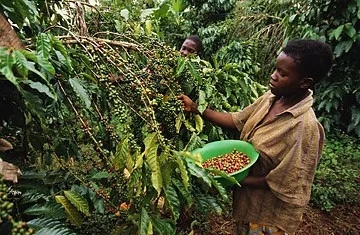
| | Ugandan coffee rating |
The coffee grade in Uganda is the same as in Kenya, with the AA grade being the best, which represents a uniform and uniform size of coffee beans.
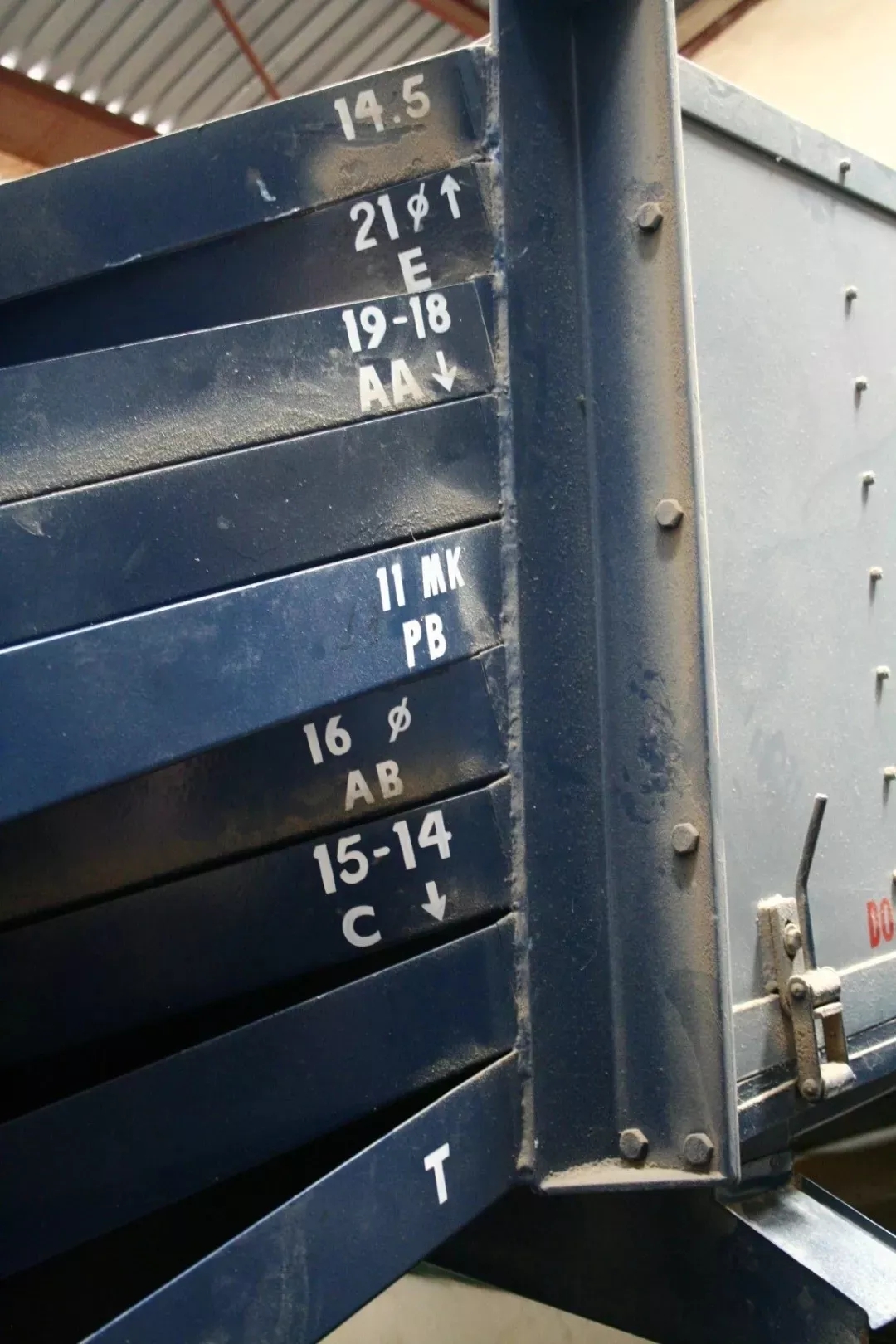
AA grade with excellent quality (flavor, taste) in AA Plus (AA+) cup
AA particle size (Screen Size) 17 Murray 18 size
AB particle size (Screen Size) 15 Murray 16 size, accounting for the majority of production
C particle size (Screen Size) is smaller than that of AB.
TT blows lighter beans from AA and AB beans with an airflow filter.
T from C-grade beans, lighter beans blown by an airflow filter.
E Elephant Bean is a large mutant bean, also known as Elephant ear.
UG does not meet the above criteria
PB Peaberry, classified by appearance, independent of flavor weight
| | planting |
Uganda can be said to be the mother of Robusta in Africa and has also produced excellent high-altitude Arabica species in recent years.
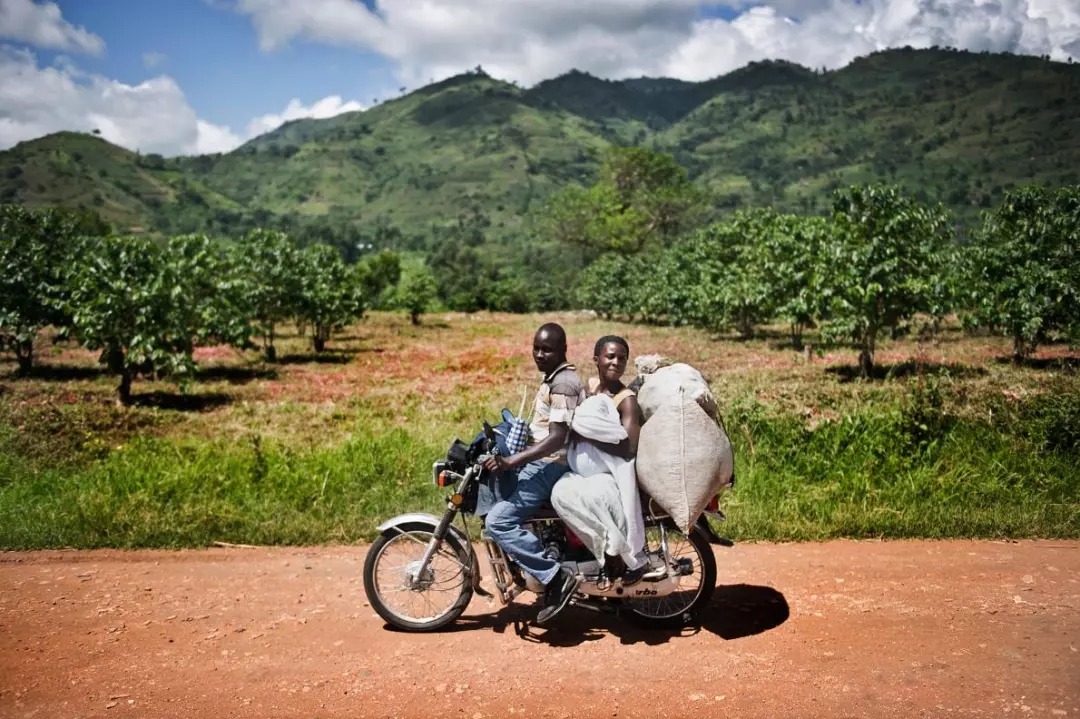
Robusta coffee was discovered around Lake Victoria in 1860. To this day, there are still wild species there.
At the beginning of the 20th century, Arabica species were introduced from Malawi in South and East Africa, while Arabica species were mainly cultivated in Bugishu (along the slopes of the Elgon Mountains) and Wugars.
| | main varieties |
The main varieties grown in Uganda are Bourbon, Kent, SL14 and SL28.
Bourbon (Bourbon)
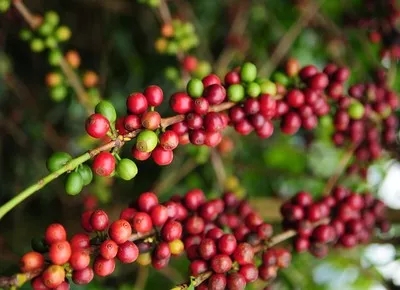
After the early (prehistoric coffee) iron pickup was transplanted to Yemen, the bean shape changed from thin and pointed to round. It was named bourbon in 1715 after France transplanted round beans from Yemeni mocha to the island of Bourbon on the east coast of Africa (renamed Reunion after the French Revolution). Bourbon beans spread to Brazil and Central and South America in 1727, and the British transplanted Yemeni mochas to St. Helena Island (where Napoleon was later imprisoned) in 1732. Bourbon is the winner of the American boutique coffee cup test.
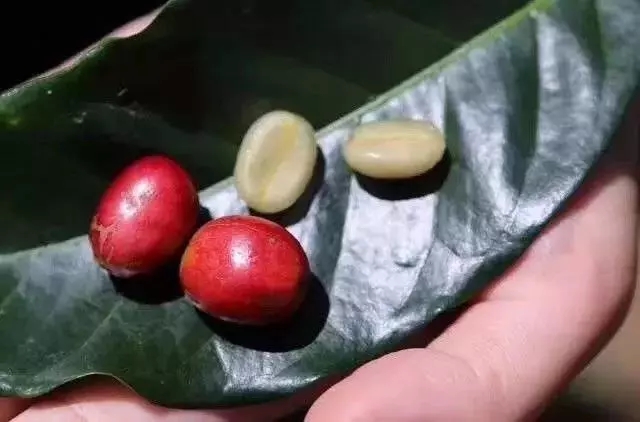
Bourbon, the second species caused by the Typica mutation, is the oldest coffee variety in existence, and the green fruit appears bright red when it is ripe.
Kent (Kent)
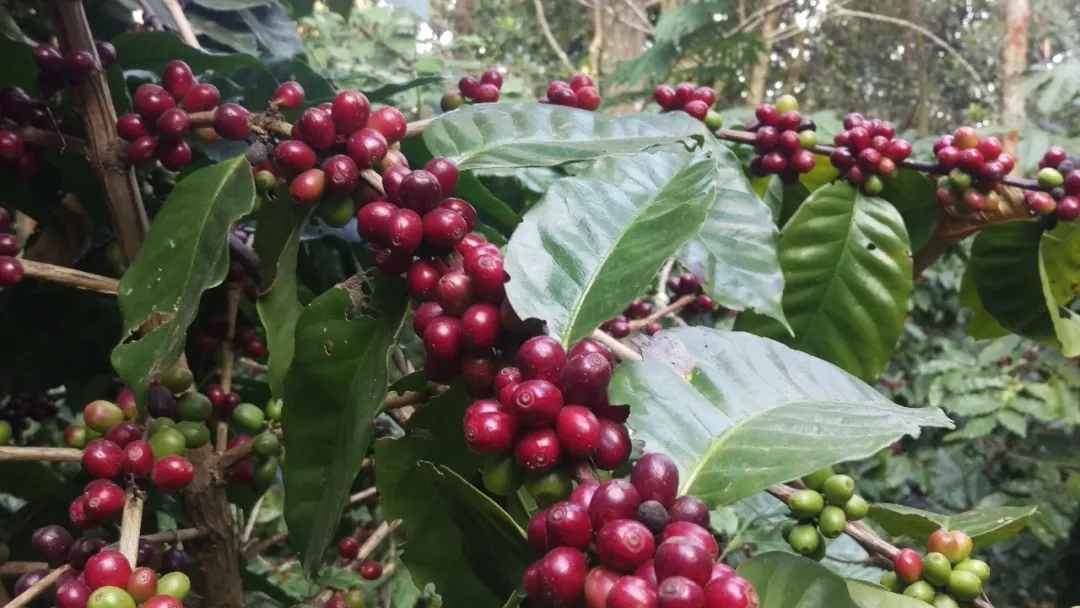
This is an Indian variety with high yield and disease resistance. It is a hybrid of iron pickup and other varieties.
SL14、SL28
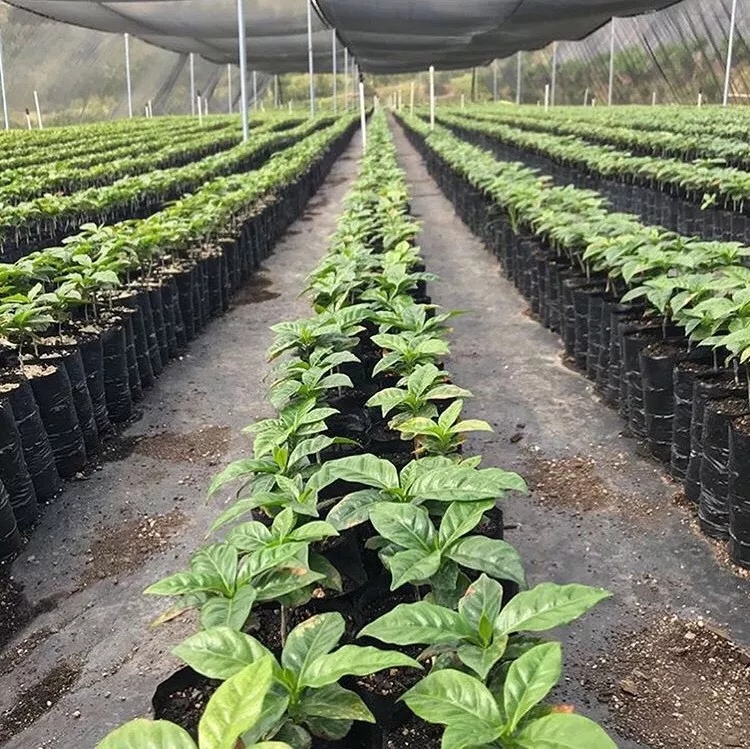
The SL variety comes from the development and selection of Scott Lab. Kenyan coffee is world-famous for SL28 and SL34, so the Ugandan government vigorously promotes and distributes SL seeds to farmers. Among them, SL14 not only has good flavor and drought resistance, but also can be harvested after planting for two years, which meets the needs of farmers.
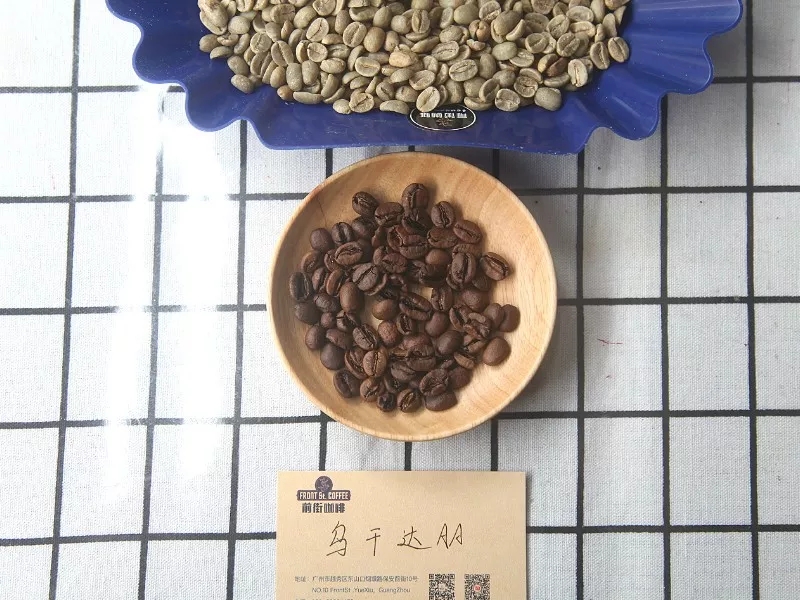
| | handling method |
The Arabica coffee in Uganda has typical African characteristics and has an obvious sense of fruit juice, while the coffee beans in the western region are relatively mellow, and the ones processed by the sun method are commonly known as "sun beads" and the ones processed by water washing are called "wash Wuge".
However, Uganda is mainly water washing, there will also be micro-batch sun treatment.
| | washing |
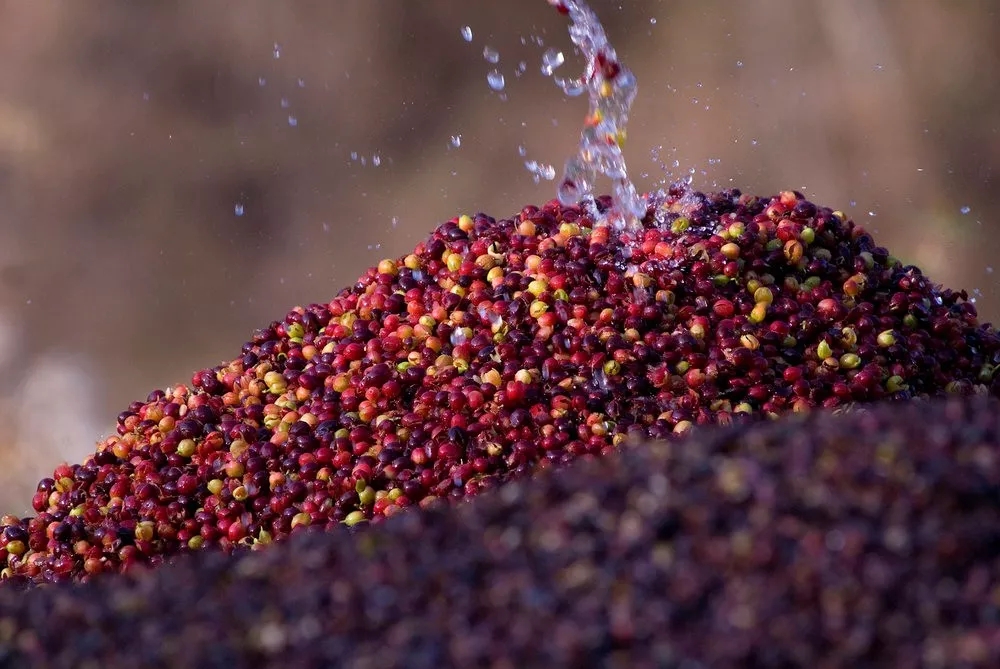
There are many changes in washing treatment, but what they have in common is that the harvested coffee cherries are separated from the exocarp and most of the pulp by a peel machine, and the coffee beans with endocarp go into a clean tank and soak in water for fermentation to remove the remaining pulp layer. The pulp and peel can also be used for composting.
| Solar |
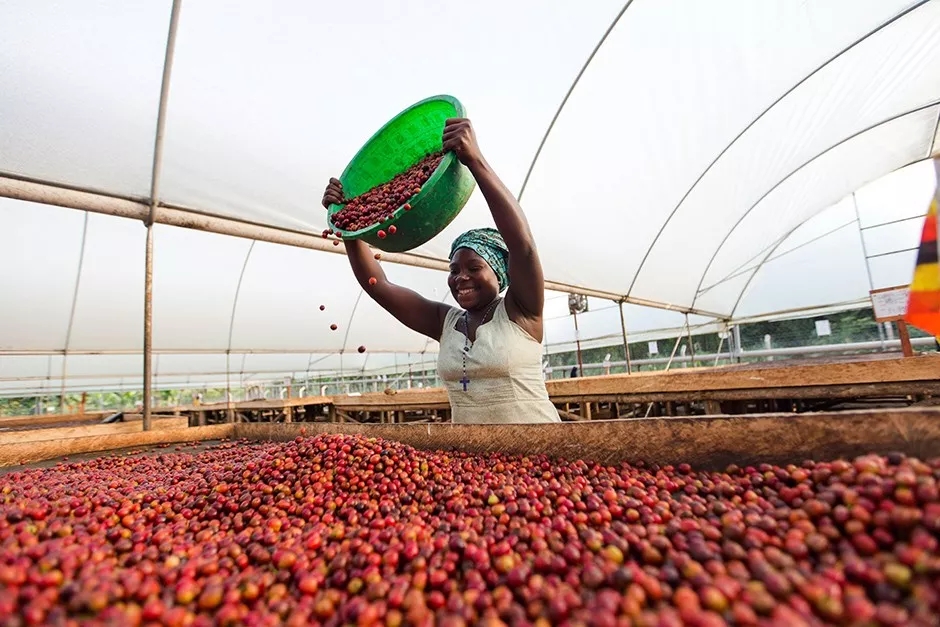
First remove the unqualified floating beans, and then dry in the sun for 3 weeks, during which the fresh fruit is constantly turned to avoid fermentation or mildew, so as to achieve a very clean and rich flavor.
| | production area |
Mount Elgon (Mount Elgon)
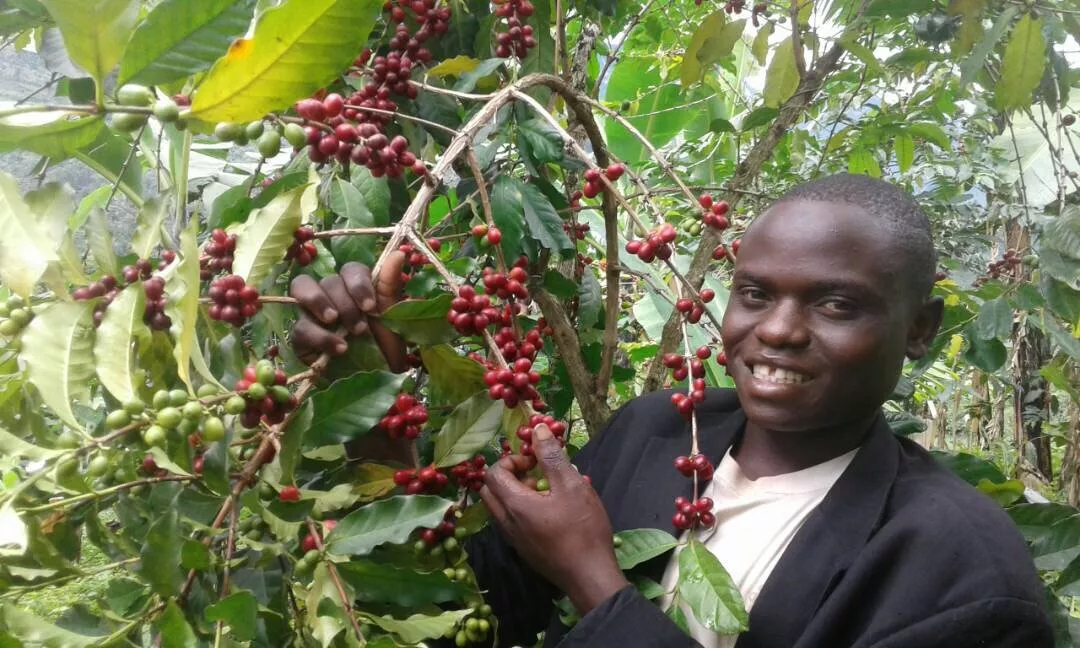
Mount Elgon, located on the eastern border between Uganda and Kenya, has the oldest volcano in East Africa. Coffee farms inhabit both sides, are sheltered by forest cover, and get important water from steep rivers. At lower elevations, the harvest season is from June to December, while at higher elevations, the harvest season is in July and February of the following year. It may be difficult to transport coffee because of the steep terrain, so in some places, donkeys are the best way to transport from the farm to the factory.
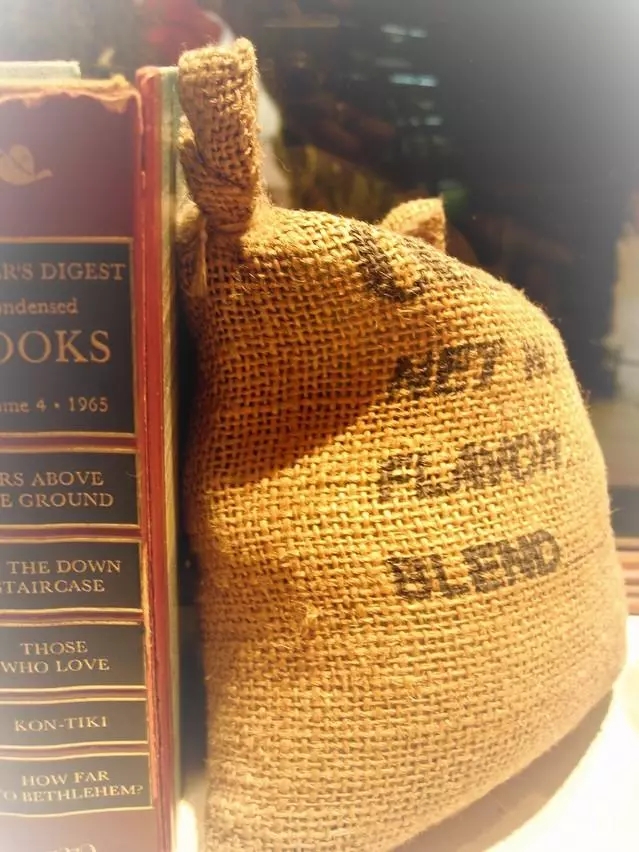
Bucky Su (Bugishu)
Located in the Bugisu region on the west slope of Mount Mount Elgon, it is famous for its fruity flavor.
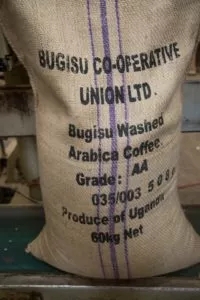
Bugishu is about a five-hour drive from the capital Kampala; and the coffee distribution town of Bugishu is Mbale, where there are many trader companies and coffee storage stations, so some exporters will mark them with "Mbale" as raw beans, followed by a series, such as AA or A, but they are actually beans that belong to the Bugishu area.
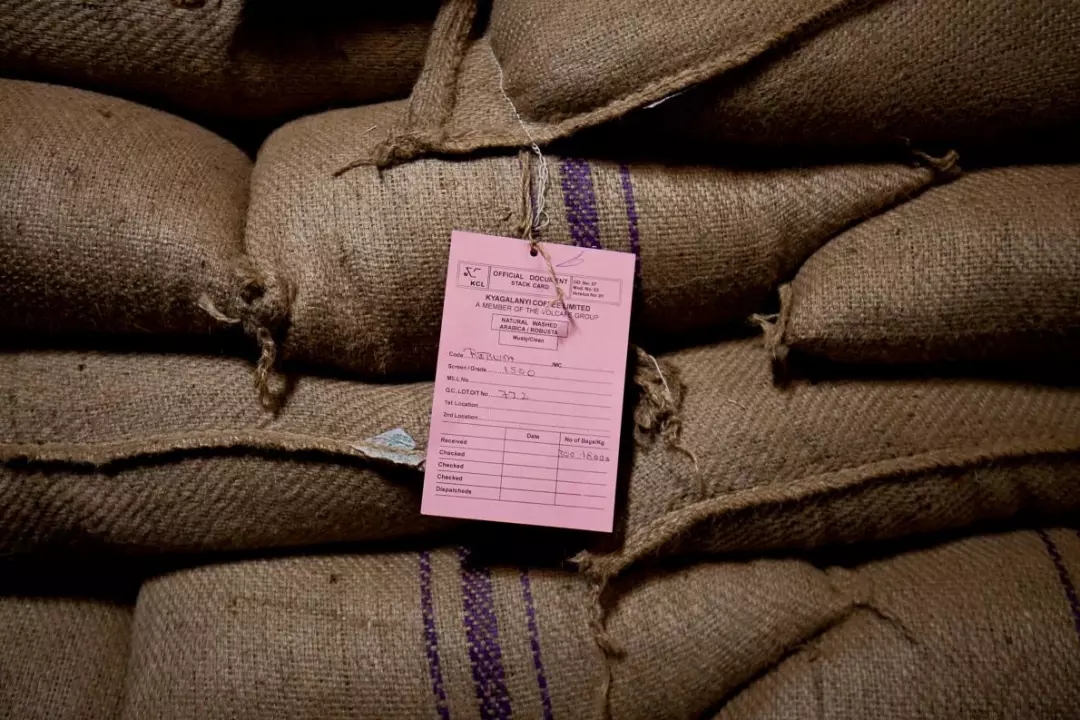
Coffee farmers in Bugishu are called "Shambas". They grow bananas and cassava in coffee trees as food crops. Coffee is almost their only cash income, which is used to cover medical, household and educational expenses. Local small-scale farmers will focus on small-scale washing treatment during the coffee harvest period, and then concentrate on Mbale to sell, and then carry out the latter stage of drying and grading process, and there are larger-scale consistent operation treatment plants and exporters in the capital Kampala.
Ruwenzori Mountains
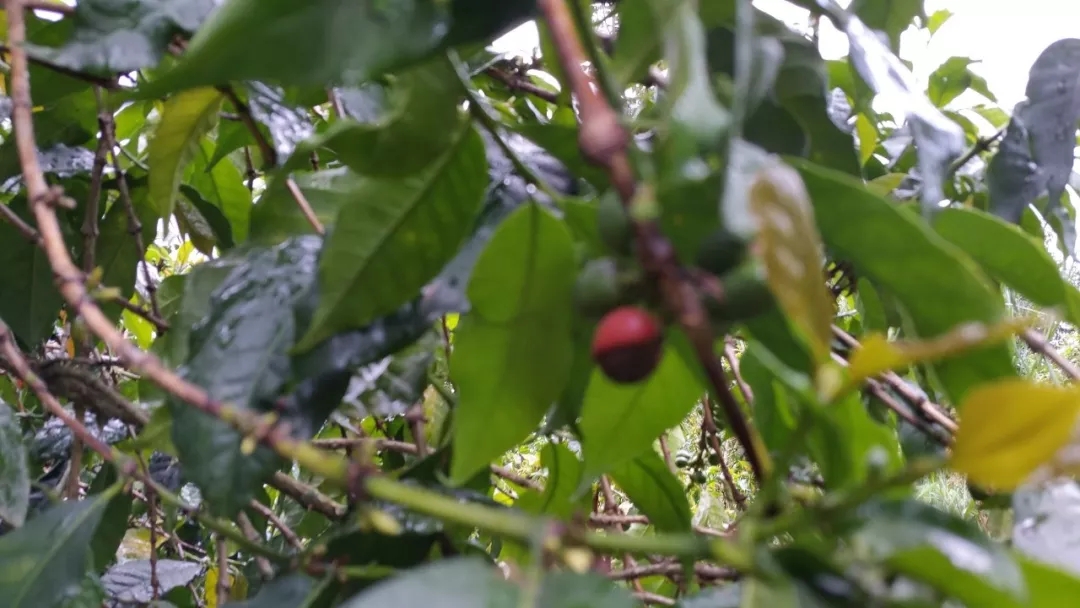
The Ruwenzori Mountains, commonly known as the "Moon Mountains", are located on the southwest border between Uganda and the Democratic Republic of the Congo.
Coffee is grown on hillsides at an altitude of about 1500 to 2300 m, and the nitrogen-rich soil creates a very suitable soil for coffee. Sun treatment is the most common here.
West Nile River
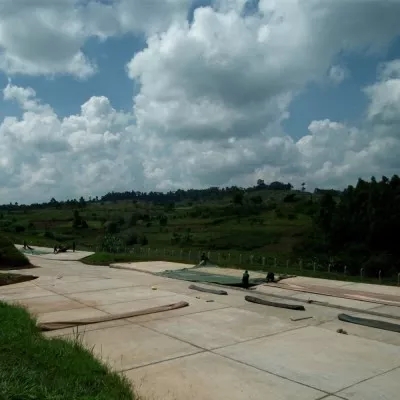
The West Nile region, located in northwestern Uganda, has a farm area of between 1300 and 1600, and indigenous trees such as banyan trees are used as shade for generations of farms. Coffee from the region is usually washed and is famous for its citrus flavor.
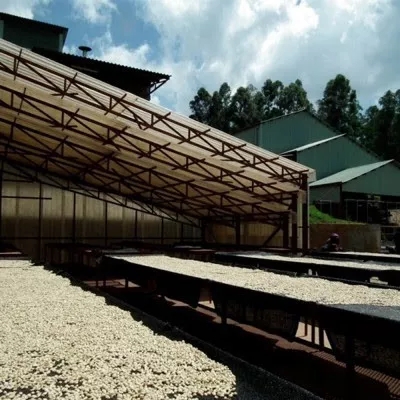
After the coffee fruit is harvested in the West Nile region, the coffee cherries are washed to pick out the immature cherry floating beans, which are washed and peeled for about an hour in the courtyard for preliminary drying, and then moved to an elevated bed for two weeks of drying. Finally, the coffee is dried for 36-48 hours to reach the appropriate water content before it is exported.
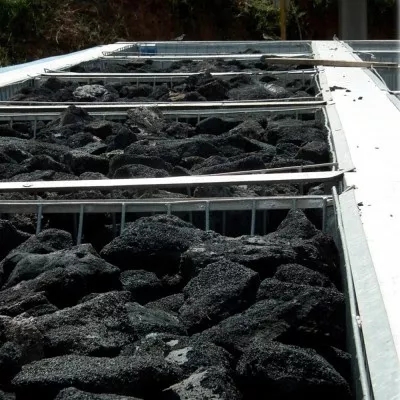
It is worth mentioning that the post-treatment plant in the production area will also use volcanic rock wastewater treatment to clean up and recover the wastewater.
| | naming method |
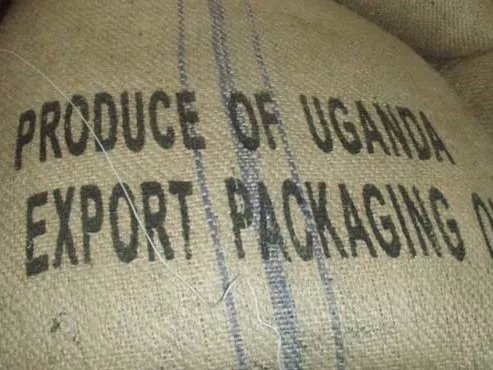
Ugandan coffee is named after the planting area, grade and label: Bugisu AA, Bugisu A (above water washing treatment), Wugar A (water washing), and a small amount of sun bean Drugar.
| current situation of coffee in Uganda
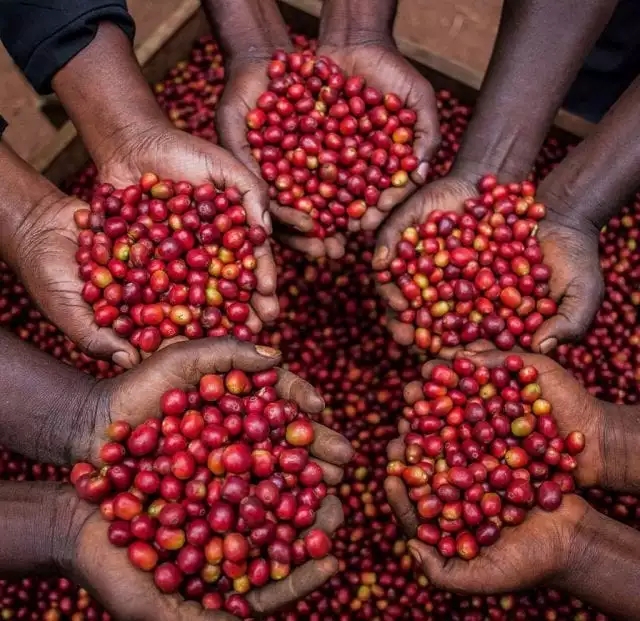
Uganda ranks eighth in the world in coffee production, on a par with Peru and second in Africa after Ethiopia. Each year, Uganda typically produces 3 million to 4 million bags of 60-kilogram coffee, accounting for only 2-3% of global production, far less than big producers such as Brazil (55 million bags) or Vietnam (25 million bags).
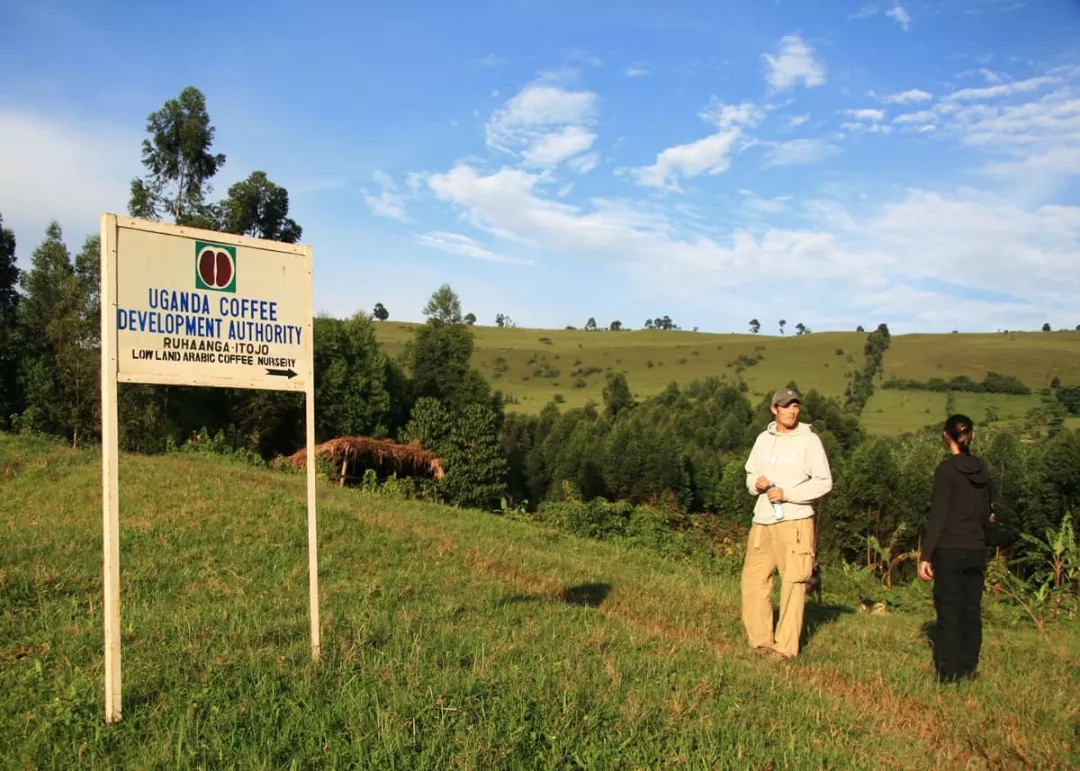
Over the past century, coffee has risen to become Uganda's most important and valuable industry, valued at more than $400 million. Coffee accounts for 20% of Uganda's export revenue, and the Uganda Coffee Federation estimates that one in five Ugandans, or about 8 million people, derives most or all of their income from coffee. About 90% of the country's coffee is produced by smallholders.
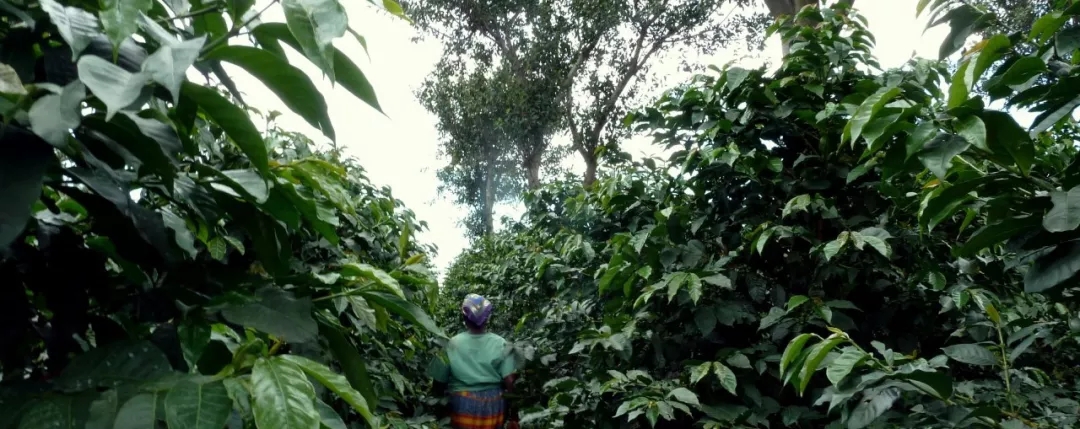
One of the biggest obstacles to the growth of Uganda's coffee industry: Ugandans do not drink coffee. Ninety-five percent of Ugandan coffee is exported as unprocessed green beans, and the price required in the international market is much lower than processed coffee beans that can be directly ground. In the absence of a domestic market, all possible profits from baked beans and finished product marketing go to Europeans or Americans, not Ugandans.
| | Baking analysis |
Take our [Uganda Kosixi] as an example, because this coffee has relatively small particles and high density, it absorbs more calories during baking, and the Mena reaction process is also relatively fast. In the first batch of roasting, the temperature of the beans we choose will be higher, and firepower will be applied continuously before the coffee beans are dehydrated and yellowed to ensure that there are enough calories to last until the end of the baking.
The temperature of the bean is 200 degrees, and the firepower is relatively small, and the firepower is gradually increased according to the need in the baking process. Under this method, the dehydration time of coffee is longer than that of the first batch, and the heating rate is 6-8 degrees every 30 seconds.
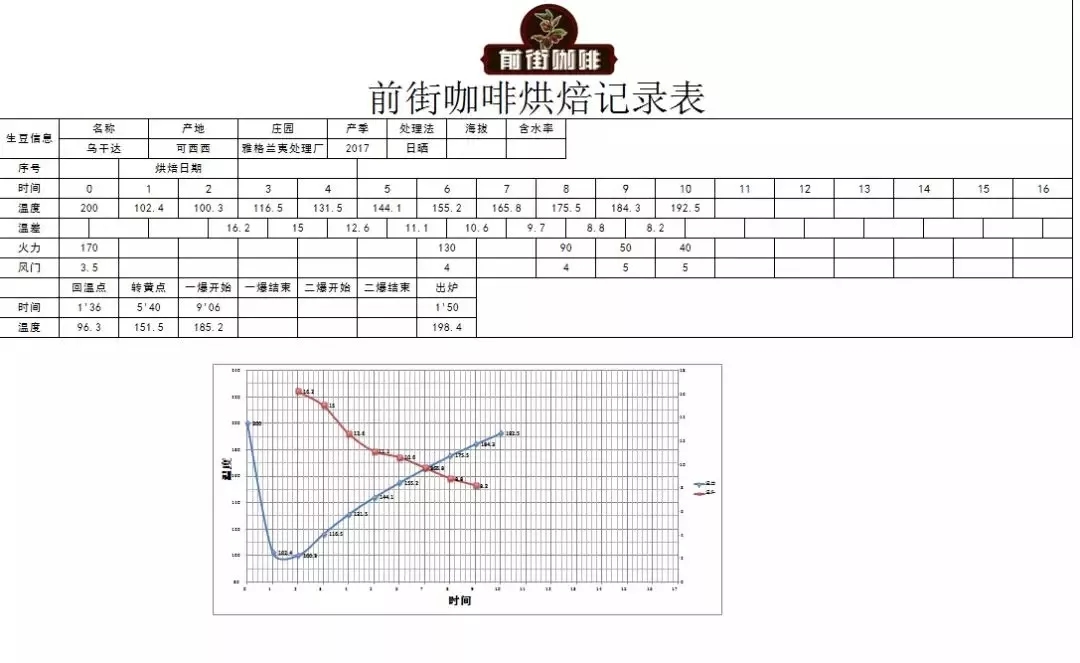
This Ugandan coffee, in the roasting stage, uses a smaller initial firepower of 170 degrees and a slower baking rhythm to express the multi-layered flavor of this coffee.
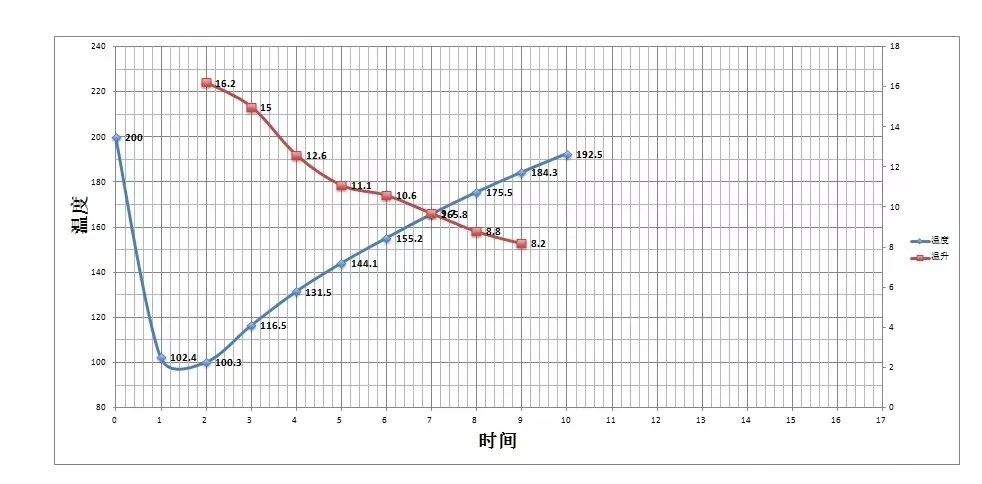
Roaster Yangjia 600g semi-direct fire
Put the furnace temperature to 200 degrees Celsius, adjust the firepower to 170 degrees after opening the throttle for 30 seconds, keep the throttle unchanged, adjust the firepower at 1 temperature to 39 degrees 36 ", adjust the firepower to 168 degrees once, at this time the bean surface turns yellow, the smell of grass disappears completely, the dehydration is completed, the firepower is adjusted to 130 degrees, and the throttle is adjusted to 4 degrees.
No. 8 & # 39th 45 ", ugly wrinkles and black markings appear on the bean surface, and the smell of baked bread obviously turns into coffee, which can be defined as a prelude to an explosion. At this time, listen clearly to the sound of the explosion point, to the sound of the explosion point, turn the firepower down to 80 degrees, the throttle is fully open 5 (the firepower should be very careful, not so small as to be free of bursting sound), 1 minute 3950" after the explosion, 198.4 degrees into the pot.
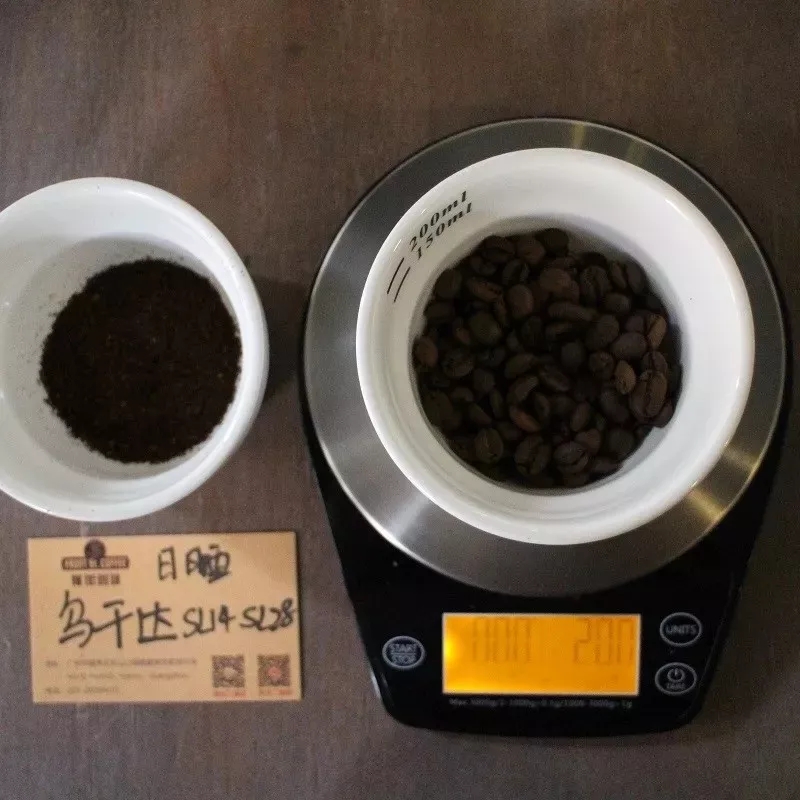
Cup test:
Dry fragrance is wine, roasted melon seeds, wet fragrance has a sense of sweet orange juice, sipping for citrus, berries and other fruit flavor, acid value clear and bright, smooth texture. Spices, complex taste.
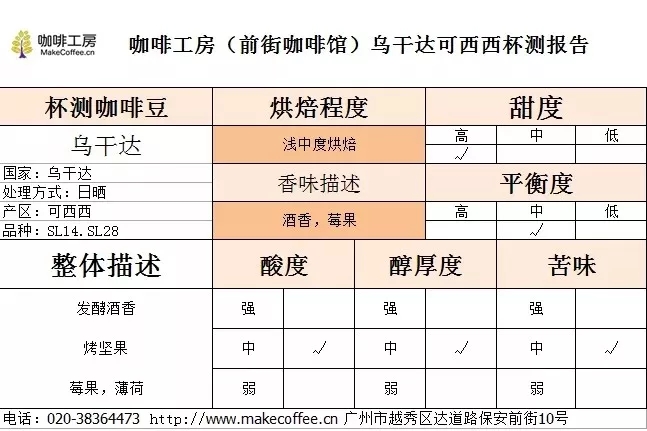
| | TOH |
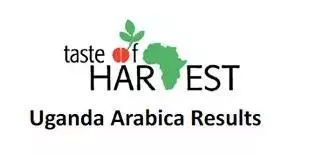
Taste of Harvest (TOH) "Harvest Monsoon Cup Test Competition" is a raw bean competition organized by the African Coffee Association African Fine Coffees Association (AFCA) among African producing countries, similar to the Cup of Excellence in Central and South America. At present, there are seven member states, namely Ethiopia, Kenya, Uganda, Tanzania, Malawi, Zambia and the Republic of the Congo.
TOH sub-regional competitions and Africa-wide competitions eliminate batches with cup test scores of less than 80 points in the preliminaries. TOH will select the highest quality raw beans from each producing area, and the cups will be tested and scored by domestic and international judges based on the standards of the American Fine Coffee Association (SCAA).
Qianjie coffee: Guangzhou bakery, the store is small but a variety of beans, you can find a variety of unknown beans, but also provide online store services. Https://shop104210103.taobao.com
Important Notice :
前街咖啡 FrontStreet Coffee has moved to new addredd:
FrontStreet Coffee Address: 315,Donghua East Road,GuangZhou
Tel:020 38364473
- Prev
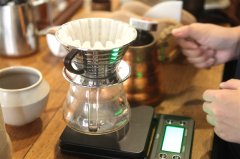
Iron pickup card comparison | the flavor of Paradise Bird, Yunnan Huaguo Mountain, Alida, Blue Mountain?
Professional coffee knowledge exchange more coffee bean information please follow the coffee workshop (Wechat official account cafe_style) iron pickup card comparison | the flavor of Paradise Bird, Yunnan Huaguo Mountain, Alida, Blue Mountain? If the variety of coffee is divided by biology, it can be divided into Arabica (Arabica), Robusta (Robusta) and Liberica (Liberica). The main drinks in the world
- Next

Four brewing methods of Mexican coffee: cake cup, love pressure, concentration, latte flavor?
For more information on coffee beans, Coffee Workshop (Wechat official account cafe_style) Mexico is located at the northern tip of Central America, bordered by the United States to the north, the Pacific Ocean to the south and west, the Caribbean Sea to the southeast, Belize and Guatemala, and the Gulf of Mexico to the east. It is the fourth largest coffee producer in the world and a big producer of organic coffee.
Related
- Detailed explanation of Jadeite planting Land in Panamanian Jadeite Manor introduction to the grading system of Jadeite competitive bidding, Red bid, Green bid and Rose Summer
- Story of Coffee planting in Brenka region of Costa Rica Stonehenge Manor anaerobic heavy honey treatment of flavor mouth
- What's on the barrel of Blue Mountain Coffee beans?
- Can American coffee also pull flowers? How to use hot American style to pull out a good-looking pattern?
- Can you make a cold extract with coffee beans? What is the right proportion for cold-extracted coffee formula?
- Indonesian PWN Gold Mandrine Coffee Origin Features Flavor How to Chong? Mandolin coffee is American.
- A brief introduction to the flavor characteristics of Brazilian yellow bourbon coffee beans
- What is the effect of different water quality on the flavor of cold-extracted coffee? What kind of water is best for brewing coffee?
- Why do you think of Rose Summer whenever you mention Panamanian coffee?
- Introduction to the characteristics of authentic blue mountain coffee bean producing areas? What is the CIB Coffee Authority in Jamaica?

